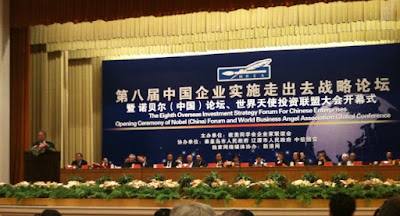IP and Hair and Beauty

L'Academie de Coiffure French satirical print from the 18th century Source Wikipedia Jane Lambert I found rather more materials on IP and hair and beauty industry than I had expected when I started to read the trade literature. Sabrina Tozzi and Rachel Boakes of Baker & McKenzie LLP have contributed IP and the beauty industry: cosmetic concerns? to Issue 50 of IP Pro Life Sciences (12 Aug 2015). Elaine Eggington of IP Pragmatics Ltd, has posted an interesting presentation entitled Innovation in the cosmetics industry to her company's website. There are also articles about free wifi with its implications for copyright and data protection in a discussion on free wifi in the Legal Lifeline section of the National Hairdressers Federation website.There are links to the PRS for Music and Phonographic Performance Limited websites on the Hair Council links page . All of this suggests a wider than avera...







